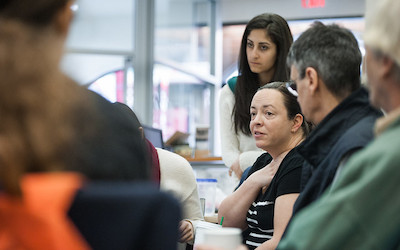We are working to build a community in which human rights are respected, and equity and inclusion are embedded in all areas of academic, work and campus life.
HOW WE CAN HELP
-

Human Rights Advising
Explore options and get support to address concerns related to human rights discrimination.




